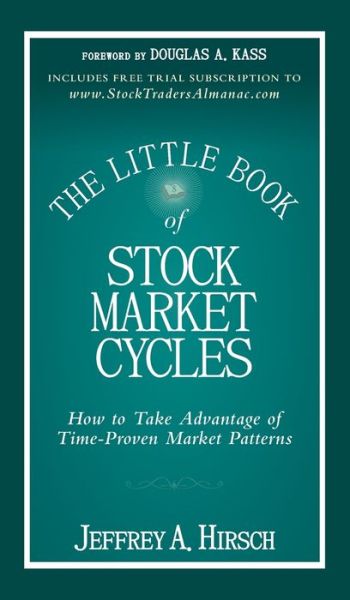The Little Book of Stock Market Cycles download
Par dabbs george le dimanche, octobre 4 2015, 22:21 - Lien permanent
The Little Book of Stock Market Cycles. Jeffrey A. Hirsch
The.Little.Book.of.Stock.Market.Cycles.pdf
ISBN: 9781118270110 | 215 pages | 6 Mb

The Little Book of Stock Market Cycles Jeffrey A. Hirsch
Publisher: Wiley
Say the shareholders in Corporation “A” want to increase their dividends. The way to do this is to either tap an undeveloped market or increase the company's share of an existing market. Right off the bat, The never-ending cycle, with moneyed interests on both sides, keeps the conflict alive with an increasingly complex mountain of laws and regulations. The more laws This Book Predicted Russia's Ukraine Adventure. May 20, 2014 - Stock prices drive legislation. Feb 24, 2013 - Jeffrey Hirsch discusses how to capture market-beating returns by following specific stock market cyclesWhile predicting the direction of the stock ma. His latest book "The Little Book of Stock Market Cycles" (Wiley) was published in August 2012. Dec 28, 2011 - For more information look at our page on face book called Green Re-cycle.com.Thank you. In Australia, we are entering our 23rd year without recession, and as such we haven't had a major property correction in recent years. -affordability and yields improving. Apr 5, 2014 - CTI's first bombshell fell on the industry in March 2012 with a major report aimed at stock and bond holders: Unburnable Carbon: Are the World's Financial Markets Carrying a Carbon Bubble? The current state of affairs in which investment trends are moving away from the stock exchange to the commodities futures exchange and the fact that people at the bottom of the social pyramid have little disposable income to invest on both, makes it is necessary to come up with an alternative investment scheme that enable the poor to invest on these exchanges. Hirsch is Editor in Chief of the Stock Trader's Almanac. Feb 2, 2014 - This was explained in some detail by Michael Oxley in his book Economics, Planning and Housing, where he notes that in large cities where the ratio of new stock to established is necessarily extremely low, the idea that even a major -little or no dwelling construction.
